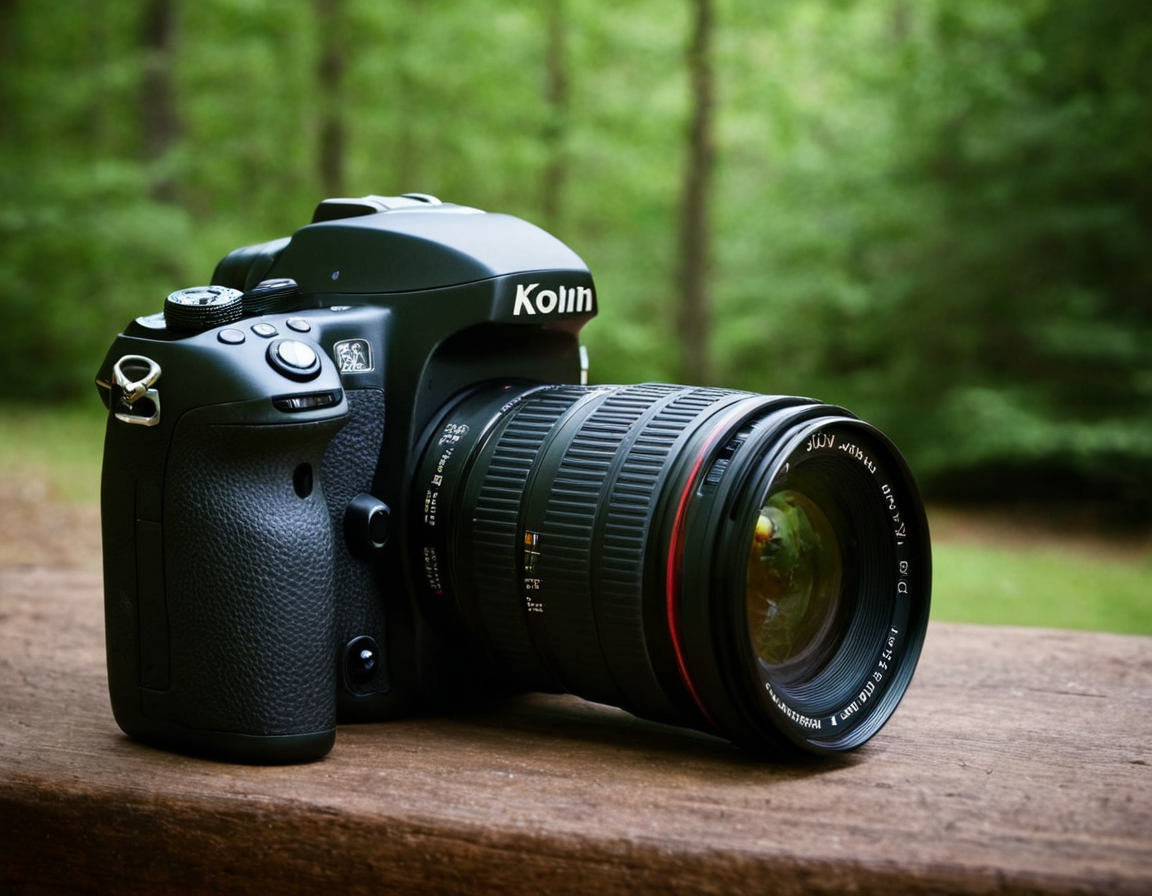DSLR or Mirrorless? Autofocus Showdown

A Deep Dive into the Autofocus Performance of DSLRs vs Mirrorless Cameras
Introduction
The world of photography has undergone significant changes with the advent of mirrorless cameras and their counterparts, DSLRs. While both types have their strengths and weaknesses, one aspect that sets them apart is their autofocus performance. In this blog post, we’ll delve into the details of how DSLRs and mirrorless cameras handle autofocus, exploring their differences and implications for photographers.
Understanding Autofocus in DSLRs
In DSLRs, light passes through a viewfinder to reach a mirror, which reflects light onto a sensor. This process creates a delay between when light hits the sensor and when it’s visible through the viewfinder. To mitigate this issue, DSLRs employ phase-detection autofocus (PDAF), which is more accurate but slower than contrast-detection autofocus (CDAF). PDAF uses a separate image sensor to detect phase differences between light rays, providing faster and more accurate focusing.
However, this comes with a cost: the mirror’s movement can cause vibrations that might affect camera stability. As a result, DSLRs often require additional stabilization mechanisms to counteract these effects.
Autofocus in Mirrorless Cameras
Mirrorless cameras, on the other hand, do not rely on a mirror to redirect light. Instead, they use an electronic viewfinder (EVF) or LCD screen to display images. This eliminates the need for a mirror and associated vibrations, allowing for faster and more accurate autofocus.
However, this also means that mirrorless cameras can be more prone to rolling shutter effect, where the sensor captures multiple frames as it moves during exposure. While some camera manufacturers have implemented measures to mitigate this issue, it still poses challenges for certain types of shots.
Comparison and Practical Examples
| Camera Type | Autofocus Method | Advantages | Disadvantages |
|---|---|---|---|
| DSLR | PDAF | Faster and more accurate | Slower due to mirror movement |
| Mirrorless | CDAF or PDAF | Faster and more accurate, less vibration | Rolling shutter effect |
For instance, a photographer using a DSLR might experience slower focusing times during burst mode. Conversely, a mirrorless camera’s faster autofocus can be beneficial for wildlife or sports photography.
Conclusion
The choice between a DSLR and mirrorless camera ultimately depends on the type of photography you plan to do. While DSLRs offer advantages in certain areas, their limitations can be significant. Mirrorless cameras, however, provide faster and more accurate autofocus, making them better suited for applications that demand high performance.
As photographers, it’s essential to understand the implications of each type on our workflow and creative decisions. With the ever-evolving landscape of camera technology, staying informed is crucial to producing exceptional work.
**Will you be making the switch to a mirrorless camera anytime soon? Share your thoughts in the comments below!
Tags
autofocus-performance-comparison mirrorless-camera-autofocus dslr-vs-mirrorless-focus-capabilities phasescale-af-technology-in-cameras contrast-detection-versus-phase-detection-afs
About Isabella Anderson
As a seasoned photographer and educator, I help creatives unlock their full potential on lentecreativa.com. With 3+ yrs of experience teaching photography techniques & tips, I've worked with top brands to develop innovative tools for photographers. Let's chase those shots!
